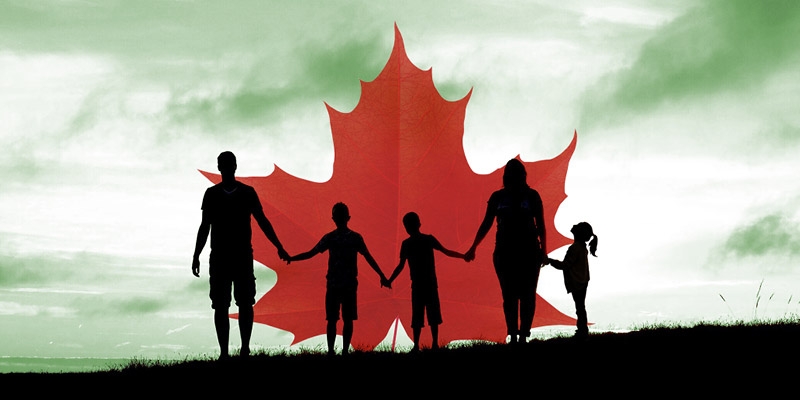The Distribution of the Canada Child Benefit by Family Type and Income Level
— Published on November 26, 2020

Summary
- This essay examines the distribution of the Canada Child Benefit (CCB) by family type and by income level. It also compares the value of the average benefit and total spending on child benefits between the previous system of child benefits—the Universal Child Care Benefit (UCCB) plus the Canada Child Tax Benefit (CCTB)—and the newer Canada Child Benefit (CCB).
- Based on data, the CCB is somewhat “progressive” in that it does provide more cash to families the lower their income is. However, for lone-parent families, only 30 percent of the increase in funding under the CCB went to families with incomes under $40,000. For two-parent families with one child and two-parent families with two children, only 10.5 percent and 2 percent respectively of the increase in funding went to families with incomes below $40,000. Therefore, the bulk of the new funds devoted to the CCB were allocated to the middle of the income distribution, not to the bottom.
- Similarly, the change in the amount of the cash benefit shows a clear “skewing” towards the middle. Of particular note here is that the increase in the amount of the benefit for lone-parent families with incomes between $40,000 and $80,000 is almost double that for lone-parent families with incomes below $40,000.
- The same pattern holds for all families with children, specifically, only 3.5 percent of the increase in funding flows to families with incomes below $40,000 and, as well, only 24 percent of the increase in the average benefit went to families with incomes below $40,000.
Author:
More from this study
Subscribe to the Fraser Institute
Get the latest news from the Fraser Institute on the latest research studies, news and events.


